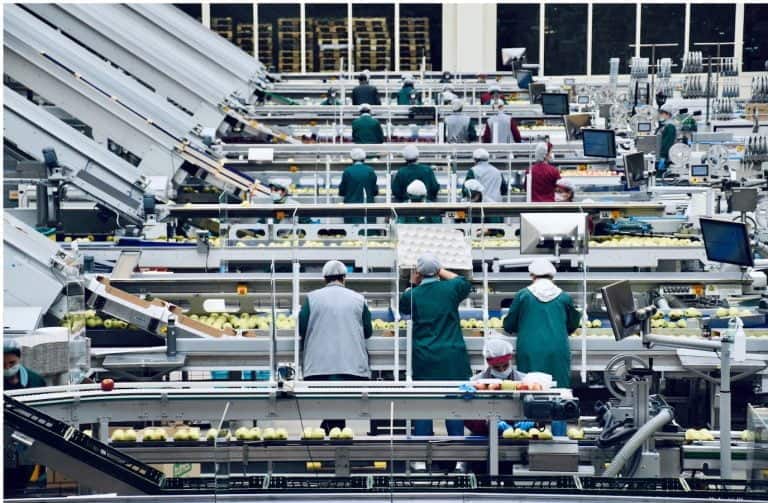Artificial intelligence (AI), machine learning (ML), and the Internet of Things (IoT) are transforming every aspect of life, from how we lock our doors to how we govern ourselves. Unfortunately, for every emerging technology, there are apparently those ready, willing, and able to misuse it to threaten or hurt others.
Table of Contents
ToggleSeveral recent reports from around the world demonstrate that these new threats are real, and their effects significant. These reports and the events behind them also offer IT people multiple opportunities to help disarm the bad guys and empower the good guys – in some cases, with the very same technologies.
Threats from Technology Today
At work: As the UK’s Financial Times reported in January, IT-powered tools and services are being used by some to harass coworkers. “Professional social networks such as Facebook’s Workplace and instant messaging service Slack have been embraced by big global companies who want to promote idea sharing and networking across time zones. Companies of all sizes have adopted applications including shared Outlook calendars in the name of efficiency.
“’It’s great to connect people across the world to form cross-border teams and share expertise,’ one financial services worker wrote to the FT. ‘But, if some guy at the company is persistently trying to ask you out on a date, or pressuring you into sex, it means he has loads of tools to stalk you online, get tonnes of information about you, and find your whereabouts, which is really scary.
“‘And because all these systems are company mandatory, you can’t block the guy, switch messenger off, or hide your profile from him. At least if you’re harassed on Twitter or Facebook, you can block people or close your account,’ the reader wrote.”
At home: As The New York Times reported in June, Internet of Things (IoT) devices intended to make life more convenient are now being used for domestic abuse. “Internet-connected locks, speakers, thermostats, lights and cameras that have been marketed as the newest conveniences are now also being used as a means for harassment, monitoring, revenge and control.
“In more than 30 interviews with The New York Times, domestic abuse victims, their lawyers, shelter workers and emergency responders described how the technology was becoming an alarming new tool. Abusers — using apps on their smartphones, which are connected to the internet-enabled devices — would remotely control everyday objects in the home, sometimes to watch and listen, other times to scare or show power. Even after a partner had left the home, the devices often stayed and continued to be used to intimidate and confuse.”
In the world: On July 3, the Council of Europe’s Commissioner for Human Rights published comments entitled “Safeguarding human rights in the era of artificial intelligence.” The comments focused on possible and actual technological encroachments on privacy and equality rights, and on the freedoms of expression and assembly.
“Machines function on the basis of what humans tell them. If a system is fed with human biases (conscious or unconscious) the result will inevitably be biased. The lack of diversity and inclusion in the design of Artificial Intelligence systems is therefore a key concern: instead of making our decisions more objective, they could reinforce discrimination and prejudices by giving them an appearance of objectivity. There is increasing evidence that women, ethnic minorities, people with disabilities and LGBTI [lesbian, gay, bisexual, transgender, intersexed] persons particularly suffer from discrimination by biased algorithms.”
The Commissioner’s comments cite several examples of the problems and challenges, and of attempts to address them. Overall, the comments, while cautious, offer both some hope and some guidance.
“Artificial Intelligence has the potential to help human beings maximise their time, freedom and happiness. At the same time, it can lead us towards a dystopian society. Finding the right balance between technological development and human rights protection is therefore an urgent matter – one on which the future of the society we want to live in depends.
“To get it right, we need stronger co-operation between state actors – governments, parliaments, the judiciary, law enforcement agencies – private companies, academia, NGOs [non-governmental organizations], international organisations and also the public at large. The task is daunting, but not impossible.”
How You and Your IT Colleagues Can Help
At work, ensure that all collaboration and communication tools are accompanied by clear behavior and use guidelines and rules. Artificial Intelligence-based monitoring tools may be very helpful in identifying and highlighting actual and possible non-compliance. Where penalties for transgression of those guidelines and rules are implemented, they must be clearly stated and effectively enforced. This will require close cooperation among IT, human resources, and legal experts and teams.
At home, help families, friends, and neighbors protect themselves from the challenge and dangers of connected devices in the hands of bad actors. Recommend devices with robust safety and security features. Suggest that all adults in each household have equal access to connected devices. (See “TWiTIoT: This Week in The Internet of Things – Every IoT Device A Security Risk?”)
In the world, share relevant knowledge with local law enforcement and social service providers. Offer to give educational presentations to local agencies, schools, houses of worship, and other gathering places. Do whatever is practical and necessary to get the word out, about the problems and the technologies and protective practices that can help to address them.
Advanced technologies have been double-edged swords that can cut both ways since humans first walked the Earth. Fire, water, and electricity have always had the power to help and hurt, depending on the whims of those who manipulate them. And cautionary tales about advanced technologies have been around since Czech writer Karel Čapek introduced the word “robot” to the world in his 1920 play, “R.U.R.” (Still a worthwhile read.)
Today, the threats are more numerous and harrowing than ever before. The good news, though, is that many of the same technologies that empower those threats can help render them impotent. Even better, by helping to make that happen, IT leaders and teams can improve their workplaces, their lives, their perception by others, and the world at large.
Seems like work worth doing.






